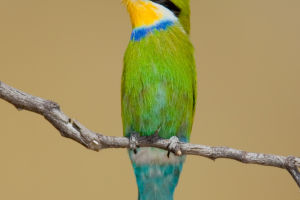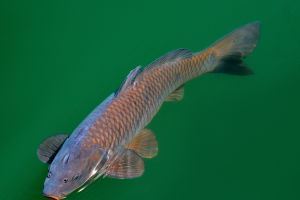Dragonflies are carnivorous insects that feed on various creatures, including mosquitoes, flies, butterflies, and moths. As a result, they are considered beneficial insects by humans, as most of their prey are harmful to humans.
Dragonflies' wide food range and fierce nature are due to their excellent flying skills. They can change from high-speed flight to hover at any time and start flying at high speed from a hover without turning around.
They can also translate in all directions, giving them a wide range of mobility. In terms of speed and endurance, dragonflies are among the top flyers in the world.
They can fly at speeds of up to 50 kilometers per hour, and some species of dragonflies can achieve non-stop flight of up to 5,000 kilometers.
Dragonflies undergo incomplete metamorphosis, going through several different stages from egg to adult. They go through about seventeen molts to become what we are familiar with. Dragonflies are very visual insects, with most of their head being occupied by a pair of large compound eyes.
Each compound eye is composed of many small eyes, ranging from 10 to 30,000 in number. Each small eye is like a small camera, taking in images of the surrounding objects. They can see up to 6 meters, giving them a broad field of vision.
The entire compound eye of the dragonfly is spherical, and its curved surface can take care of all directions, together with the dragonfly's large head that can turn freely.
When an object moves in front of the compound eye, each small eye produces a response in turn. After processing, the dragonfly can determine the speed of the target object based on the image and time that appear in the small eye continuously.
When a dragonfly is flying in the air and sees prey in front of it, it immediately stretches its six legs out in front of it. Each leg of the dragonfly has numerous tiny and sharp spikes, making it like an infantry soldier preparing to charge with a bayonet on his rifle.
When the six legs come together, it forms a small cage. As the dragonfly accelerates toward the flying small insects, the small insects are captured in the cage with the six legs together.
Dragonfly wings have a dark, horny, thickened area above the leading edge of each wing, called the wing eye or wing mole. The role of the wings is mainly to maintain body balance during flight and make flight easier. During the flight, the dragonfly's forewings and hindwings swing with individual movements.
Dragonflies are not only impressive insects but also ecologically important. They are an essential part of the food chain and help control the population of harmful insects.
They also play a significant role in pollination and serve as indicators of water quality. Unfortunately, dragonfly populations have declined in some areas due to habitat loss, pollution, and climate change.


